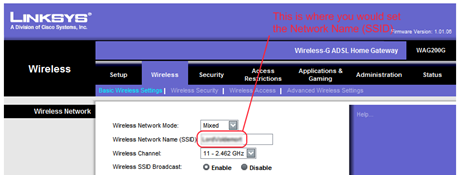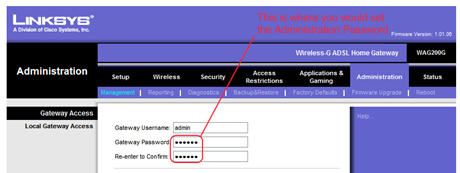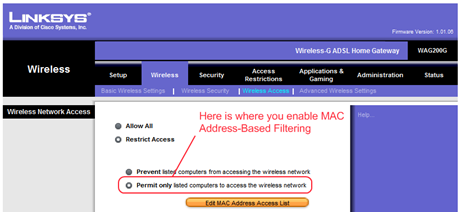In India you do not get a wide variety of websites for booking your movie tickets online.
Here are the most common ones that I can remember from the top of my head:
Of these, the last one (SatyamCineplexes.com) is the most pathetic website ever created by mankind. For the past five years, I have been unsuccessful in ever getting this site to work. Most of the links and graphics on this site are broken perpetually, and you cannot seem to get anywhere from the homepage. Just this month, I noticed that they've repaired the website so that it is now browseable. However, you can't still book a ticket online. All this is despite the fact that Satyam Cineplexes never fail to advertise this website during the intermission in each show (remember the tagline "SatyamCineplexes.com: The best place to book your movie tickets"?). Shame on Satyam.
My second-best website that rewrote the concept of online booking of movie tickets in India happens to be BookMyShow.com. The site is very well designed, is always up and running, and is easy to use. However, they have tied up with a very limited number of cinema theatres, thereby limiting the customer's choice to a handful of places. The most prominent cinema theatre chains that are accessible for online booking through this website include Wave Cinemas, Fun Cinemas, M2K, G3S etc. Of these, people have posted really bad reviews on Fun Cinemas and M2K all over the Internet, so it is just our bad luck that a perfectly good website is more or less useless for most customers. I sometimes use BookMyShow.com to book tickets for Wave Cinemas, which are pretty decent (though not as good as PVR).
Which brings me to my favorite online movie ticket booking website of all times -- PVRCinemas.com. I love this website because I have almost never faced any issues with this website over the last 3 years since I created my account on it. PVR is a very well managed chain of movie theatres in India, which says a lot about the capability of its management in general, and the one man behind its success -- Ajay Bijli.
However a couple of days ago a very interesting incident happened with me, when I tried booking movie tickets for Ghajini -- the latest Aamir Khan blockbuster -- through PVRCinemas.com website. I first tried to book tickets for Ghajini on Wednesday, 24th December 2008 (the first day the bookings of this movie were opened). However, the website was down the entire day. I tried again a few days later, on Monday, 29th December. This time, the entire website was functional, except the part where you need to login before you can make the payment to book your tickets. For some wierd reason, the website kept on denying my login credentials, saying that the "User ID does not exist." I created a brand new account -- successfully -- and tried logging in with my new account. Ditto. The same error message. Perhaps a small bug by a useless programmer somewhere was costing PVR millions in revenue.
I immediately wrote to the website administrator, notifying them of this problem (click the image for a larger picture):
After sending this message, I checked my mail every half an hour, expecting to find an acknowledgement of the issue, and an ETA for resolving my problem. Nothing happened. Finally, after about 4 hours, I gave up. I went to BookMyShow.com and booked the tickets for the same movie at Wave Cinemas (my second preference).
Before going back to sleep that night I checked the PVR website again, and found to my utter horror that the problem had been fixed, without as much as acknowledging my message, let alone notifying me / thanking me / sending me a bouquet for saving PVR several millions of lost business :(
Then I figured out the reason behind this -- obviously PVR have outsourced the maintenance of this website to a small time IT services company in India, which did not want to let the PVR management know about this service disruption and the loss that it would have caused to PVR. I sincerely hope that someone in the PVR management reads this blog and takes the IT company responsible for the downtime on their website (and on top of it, hiding it) to task.
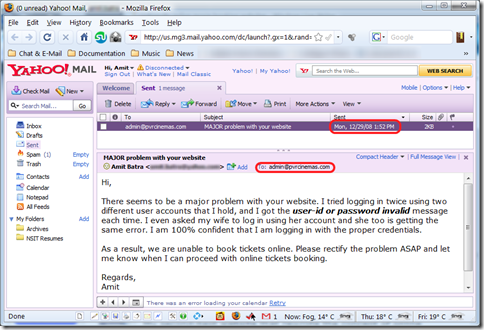


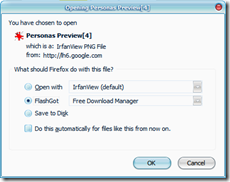
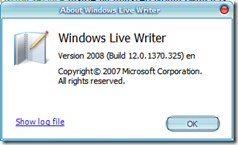
 If you are even one bit tech savvy, you must have one or more desktop or laptop computers at home. And if you have one more more computers at home, you might have realized the immense joy of being online without being bound by wires.
If you are even one bit tech savvy, you must have one or more desktop or laptop computers at home. And if you have one more more computers at home, you might have realized the immense joy of being online without being bound by wires.